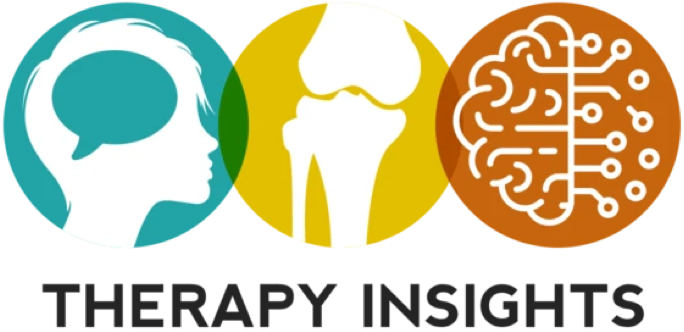Low Vision Strategies
January 1, 2023 by Ashley Zhinin.
Provide strategies for clients with low vision and their caregivers that improve independent engagement in daily activities such as medication management, meal preparation, and safe navigation of the home.
